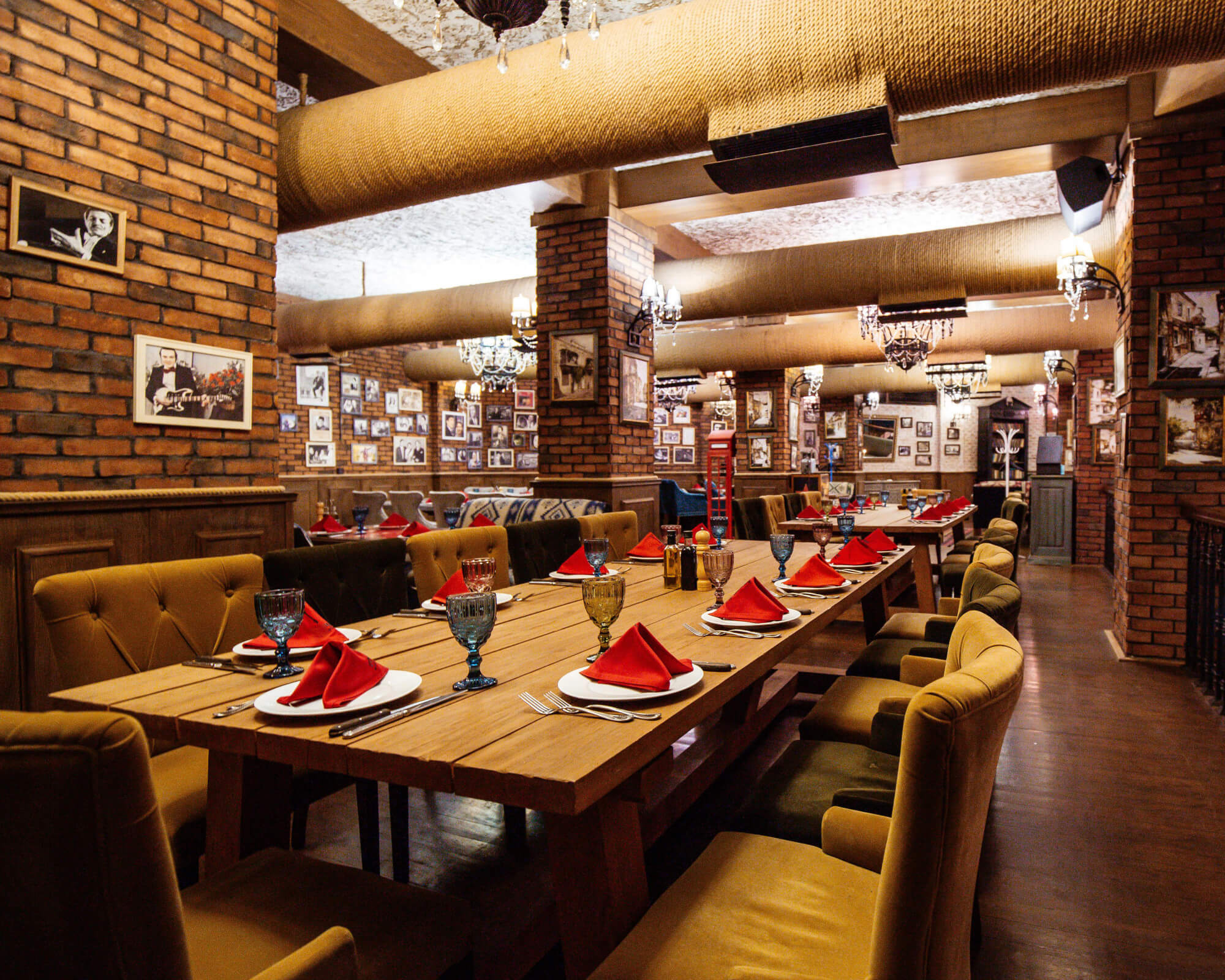BLOG

Interior Design for Restaurants: Balancing Aesthetics and Functionality
Aesthetics in restaurant design go beyond visual appeal; it's about crafting an immersive environment that resonates with customers. If executed effectively, aesthetics has the potential to transform the consumption of food into an experience that provokes the senses to an extent that transcends taste. The palette of colors, the lighting, the texture, and the decor join together to create an engaging but unique atmosphere that captures the restaurant's spirit and the cuisine's storytelling.
The role of brand identity in aesthetic choices.
Brand identity underlies the visual decisions of every restaurant. Strong brand identity gives the entire restaurant an overarching theme, whether it be a rural café, trendy restaurant, or sophisticated dining room. Brand colors, logos, and motifs used within the design don't only create visual coherence but also reinforce brand recognition and customer loyalty.
Effective movement and service layout design
Functional restaurant design is based on a well-thought-out layout. The careful planning of kitchen access, seating at the tables, and traffic minimizes congestion and maximizes server productivity. Strategic zoning such as the division of certain areas for the purposes of dining, the bar, and waiting lounges offers a seamless customer and staff experience during periods of highest usage.
Picking furniture based on durability and comfort
Restaurant furniture has to be balanced between durability and comfort. Quality furniture has to be used to endure the daily usage, but the ergonomic designs will ensure the guest's comfort during lengthy periods of dining. Also, the furniture style and size has to complement the theme of the restaurant to create an enhanced customer experience.
Blending Beauty with Functionality
Achieving ideal balance between beauty and practicality calls for innovative design. Some options are to use flexible furniture that both improves the appearance and makes the best use of the space possible, such as fold-away tables or sectional seating. The beauty that has a dual purpose, like decorative dividers that are also sound absorbers, can both be beautiful and functional.
Current Restaurant Interior Design Trends
Minimalist and sustainable design trends The minimalist style is picking up pace, with plain, uncluttered lines, and understated palettes dominating to allow the food to take center stage. The use of sustainable materials such as reclaimed woods and recycled metal has gained favor because of the eco-friendliness factor and is becoming highly desirable to create sleek but sustainable dining spaces.
Conclusion
With an appreciation of the role that design aesthetics plays, careful functional planning, and the integration of both aspects harmoniously, restaurateurs are able to create enhanced brand identity and customer experience.Making memorable dining experiences through design Ultimately, the design of an enduring dining space comes down to developing an atmosphere that engages the senses and stays within the minds of patrons. With an eye toward current trends and a balance between aesthetics and practicality, restaurants are capable of developing an attractive and efficient space that draws customers back time and again and leaves an enduring impression.